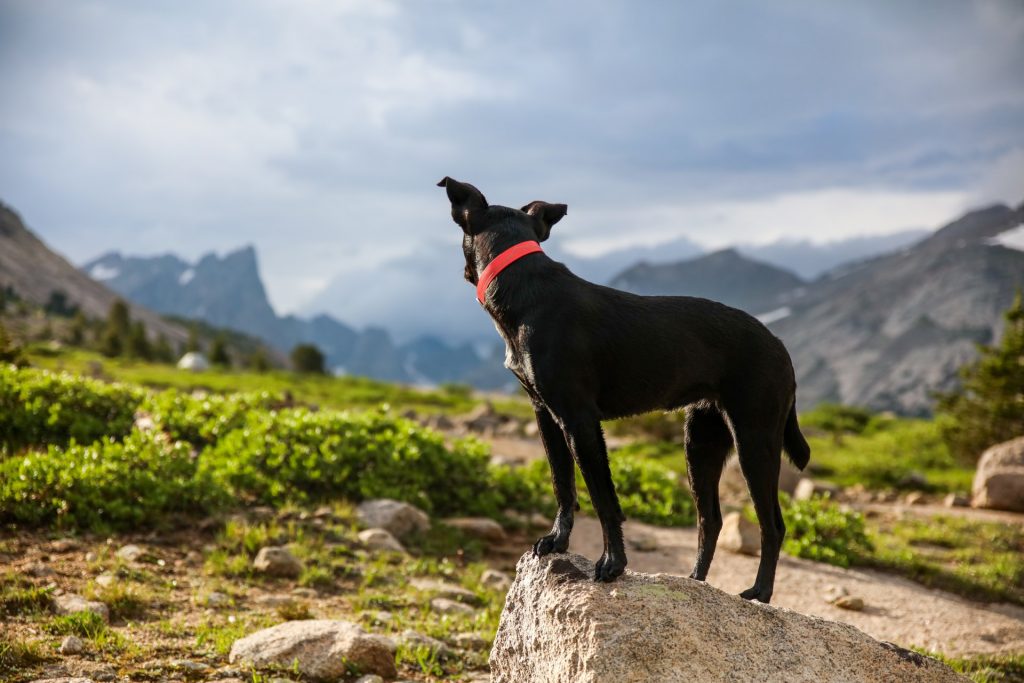The Gold Standard in Physiotherapy and Hydrotherapy for dogs
The Gold Standard in Physiotherapy and Hydrotherapy for dogs

The cranial cruciate ligament (CCL) is an important ligament inside the knee (stifle) joints of dogs. In people it is referred to as the anterior cruciate ligament (ACL) – a commonly recognised area injured in sports people. The ligament plays an important role in stabilising the stifle during weight-bearing. It prevents the shin bone moving forwards relative to the thigh bone.
The cruciate ligament tends to undergo degenerative changes that weaken it prior to rupturing. The reason the cruciate ligament degenerates prior to rupturing is not clearly understood. Certain breeds, such as Labradors and Rottweilers, are much more commonly affected than others.
Rupture of the CCL is the most common cause of hind limb lameness in dogs and is associated with the development of Osteoarthritis in the stifle.
Affected dogs may show signs of:
Examination may reveal muscle wastage, especially over the front of the thigh. Thickening of the stifle (knee) is often palpable.
Manipulation of the joint may enable the detection of instability. Flexion and extension of the joint may cause pain. In some cases palpation under sedation may be necessary to enable the detection of more subtle instability of the knee as occurs with partial rupture of the CCL.
X-rays provide additional information, especially regarding the presence and severity of osteoarthritis.
Some dogs with CCL rupture can be managed satisfactorily without the need for surgery – this is called conservative management. The smaller the dog, the more likely it is that this approach will be successful. Exercise needs to be restricted. Hydrotherapy is often beneficial. Dogs that are overweight benefit from being placed on a diet.
Many medium, large and giant breed dogs with CCL rupture benefit from surgery. The key types of surgery are:
The outlook or prognosis with CCL rupture is quite variable. Unfortunately all dogs with CCL rupture develop osteoarthritis. This can result in permanent lameness and stiffness in some cases.
Rehabilitation is a process which aims to maximise patient mobility and wellbeing, returning them to their usual way of life following illness, injury or surgery. We restore pets to normal function (or as close as is possible), efficiently and safely using a wide variety of physiotherapeutic techniques.
Injury and even surgery can disrupt the body’s equilibrium in all sorts of direct and indirect ways. Even a pet’s own protective responses such as the inflammatory process can overwhelm and inhibit healing so one objective of rehabilitation is to reduce this level of inflammation. During rehabilitation, we also aim to boost the circulatory system, improve muscle function, increase range of motion within joints, and stimulate innate pain-relieving mechanisms.
With a committed and planned rehabilitation programme, pets can recover more quickly, realise better outcomes and avoid much pain and discomfort.
The best rehabilitation programmes consider the whole pet, not just the area of injury; we target and improve multiple systems throughout the body without forgetting the invaluable healing effects of boosting mental wellbeing too. From the wound healing properties of laser treatment, and the muscle strengthening of hydrotherapy, to the circulation boosting effects of massage, we will devise a rehabilitation programme to match a pet’s specific requirements.
Our friendly and skilled physiotherapists are ready to help you and your dog with their rehabilitation.
The content on this page is for advice and information only and does not represent veterinary guidance or direction. Please always consult a veterinary surgeon if you are worries about your dog.